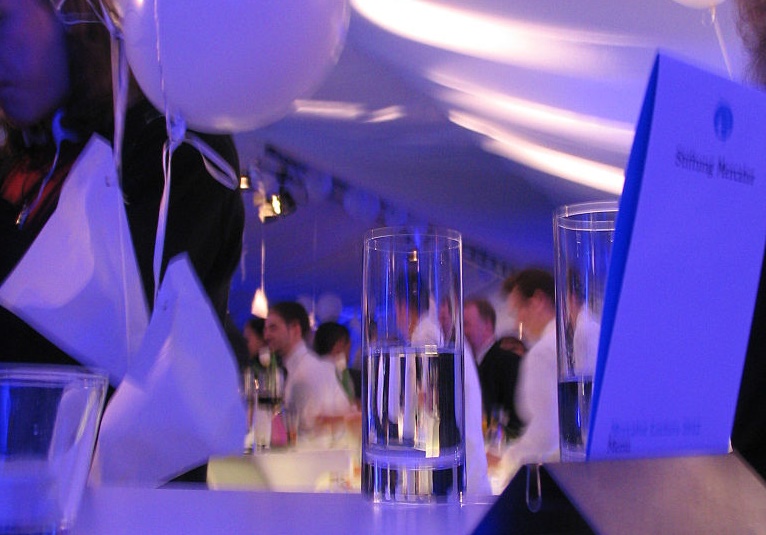Designing Experiential Services So Customers Remember the Best Parts
This is one of our free-to-access content pieces. To gain access to all Ideas for Leaders content please Log In Here or if you are not already a Subscriber then Subscribe Here.

Customers tend to remember the end of an experience (for example, the last days of a vacation) and also tend to become used to a level of experience (for example, the view from their hotel room). Keeping these two psychological tendencies in mind, companies can structure a customer service encounter that leaves satisfied customers with memories of a great experience — and have them coming back for more.
How can companies that sell experiential products and services design an experience that leaves customers with highly satisfactory memories — and the desire to return? A team of researchers from UCLA’s Anderson School of Management developed a mathematical model for optimal customer experiences based on two variables: sequence and duration.
In manipulating the sequence and duration of the experience, the researchers factored in two well-known psychological phenomena related to experiential events: memory decay and acclimation. Memory decay refers to the tendency of people to forget earlier elements of an experience while retaining a vivid recollection of the later elements. Acclimation refers to the tendency of people to become used to a certain experience or element of the experience. Acclimation, however, also leads to a shock when there is a sudden change.
Taken individually, the optimal design for memory decay or for acclimation is the same. To maximize the satisfaction of the customer, the entire experience should be sequenced in order of increasing levels of service so that the experience finishes at a peak of service. In addition, the duration of the elements of the experiences should vary, with the highest levels of service lasting longer.
When both memory decay and acclimation are included, the two psychological phenomena clash, thus requiring different designs of the customer experience that are based on the company’s ability to change the sequence and/or duration of the activities.
Experiential products or services have different sequence or duration flexibility. In a music performance, for example, the sequencing of the pieces is variable but the duration is fixed (e.g. Beethoven’s Fifth will more or less be the same length). For a spa treatment or dental procedure, on the other hand, the sequencing of the activities is fixed, but their duration is variable. Finally, in service offerings such as fitness classes or museum tours, both sequences and duration are variable.
For variable sequence situations, the researchers found that if memory decay and acclimation was high, the optimal sequence of activities resembled the shape of a U. Assuming different activities have different service levels (or rates of customer satisfaction), companies should arrange the activities in a sequence that lets the service levels fall gradually at the beginning (the drop will be forgotten) and rise steeply at the end (breaking customers out of their acclimation zone, leading them to notice and remember their increasing satisfaction).
In variable duration situations, the sequencing is fixed with service levels either steadily increasing or steadily decreasing. If the service level is increasing and memory decay and acclimation are high, the activities should be shorter at the end of the experience. This creates the sensation of a steeper climb of service at the end, and memory decay will ensure that the long lower levels of service at the beginning are forgotten. If the service is steadily decreasing, the activities should be shorter at the beginning of the experience, longer at the end. This creates the sensation of a gradual lowering of service at the end and memory decay will ensure that the steep decline in service at the beginning is forgotten.
When companies can manipulate both duration and sequence, the model shows that with low memory decay and acclimation, companies should put the highest levels of service at the end and make them longer. However, as memory decay and acclimation increase, a better option is to sequence the activities in a U shape structure with high levels of service at the beginning and end of the encounter. Since duration is also variable, the best choice is to make both the sections with low levels of service in the middle as well as the higher service end sections longer: this creates gradual transitions at low levels of service, but steep transitions at higher levels.
Memory decay and acclimation will have a major impact on how customers remember their experience of a company’s offering. Memory decay dictates high levels of service at the end of the encounter. Acclimation dictates steep positive gradients of service level — companies want customers to notice the upward changes in service. Sequencing activities in a U-shaped structure and lengthening the lower service levels, for example, is particular potent as such a structure accentuates the final rise in service.
By manipulating the sequence and/or duration of the elements of its product or service according to these guidelines, an experiential company can reduce the negative impact of its less stellar components and imprint in the memory of its customers the best parts of the experience.

Ideas for Leaders is a free-to-access site. If you enjoy our content and find it valuable, please consider subscribing to our Developing Leaders Quarterly publication, this presents academic, business and consultant perspectives on leadership issues in a beautifully produced, small volume delivered to your desk four times a year.

For the less than the price of a coffee a week you can read over 650 summaries of research that cost universities over $1 billion to produce.
Use our Ideas to:
Speak to us on how else you can leverage this content to benefit your organization. info@ideasforleaders.com